Refine search
Actions for selected content:
3388065 results

The Ethics of ESG
- Critically Assessing the Environmental, Social and Governance Movement
- Coming soon
-
- Expected online publication date:
- November 2025
- Print publication:
- 30 November 2025
-
- Book
- Export citation

Emerson, the Philosopher of Oppositions
- Coming soon
-
- Expected online publication date:
- November 2025
- Print publication:
- 30 November 2025
-
- Book
- Export citation

Afro-Mexican Lives in the Long Nineteenth Century
- Slavery, Freedom, and the Writing of History
- Coming soon
-
- Expected online publication date:
- November 2025
- Print publication:
- 30 November 2025
-
- Book
- Export citation
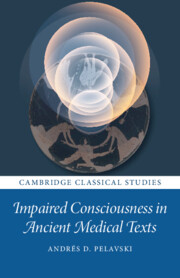
Impaired Consciousness in Ancient Medical Texts
- Coming soon
-
- Expected online publication date:
- November 2025
- Print publication:
- 30 November 2025
-
- Book
- Export citation
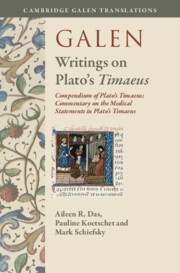
Galen: Writings on Plato's Timaeus
- Compendium of Plato's Timaeus; Commentary on the Medical Statements in Plato's Timaeus
- Coming soon
-
- Expected online publication date:
- November 2025
- Print publication:
- 30 November 2025
-
- Book
- Export citation
Premodern Economies
- A Global Perspective
- Coming soon
-
- Expected online publication date:
- November 2025
- Print publication:
- 30 November 2025
-
- Book
- Export citation
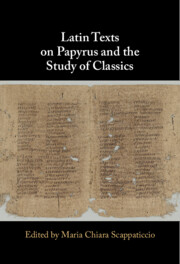
Latin Texts on Papyrus and the Study of Classics
- Coming soon
-
- Expected online publication date:
- November 2025
- Print publication:
- 30 November 2025
-
- Book
- Export citation

Socialist De-Colony
- Black and Soviet Entanglements in Ghana's Cold War
- Coming soon
-
- Expected online publication date:
- November 2025
- Print publication:
- 30 November 2025
-
- Book
- Export citation

Convict Politics
- From Utopia to Serfdom in Early China (221 BCE – 23 CE)
- Coming soon
-
- Expected online publication date:
- November 2025
- Print publication:
- 30 November 2025
-
- Book
- Export citation
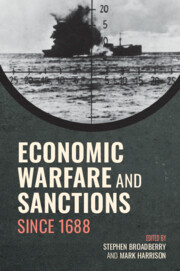
Economic Warfare and Sanctions Since 1688
- Coming soon
-
- Expected online publication date:
- November 2025
- Print publication:
- 30 November 2025
-
- Book
- Export citation

Conflict and Change
- Integrating Social and Developmental Psychology
- Coming soon
-
- Expected online publication date:
- November 2025
- Print publication:
- 30 November 2025
-
- Book
- Export citation

Dazai Shundai: Writings on Political Economy
- Coming soon
-
- Expected online publication date:
- November 2025
- Print publication:
- 30 November 2025
-
- Book
- Export citation
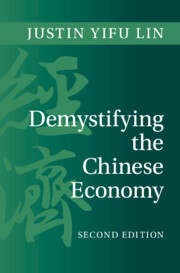
Demystifying the Chinese Economy
- Coming soon
-
- Expected online publication date:
- November 2025
- Print publication:
- 30 November 2025
-
- Book
- Export citation
Sex and Sexuality in the Ancient Near East
- Coming soon
-
- Expected online publication date:
- November 2025
- Print publication:
- 31 January 2026
-
- Element
- Export citation
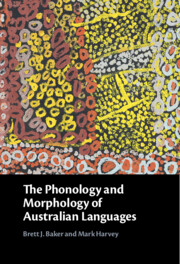
The Phonology and Morphology of Australian Languages
- Coming soon
-
- Expected online publication date:
- November 2025
- Print publication:
- 30 November 2025
-
- Book
- Export citation
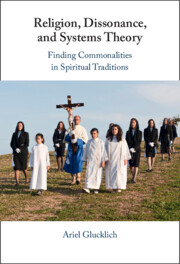
Religion, Dissonance, and Systems Theory
- Comparing Spiritual Traditions
- Coming soon
-
- Expected online publication date:
- November 2025
- Print publication:
- 30 November 2025
-
- Book
- Export citation

American Narrative Realism
- The Novel, Film, Television, and Theater
- Coming soon
-
- Expected online publication date:
- November 2025
- Print publication:
- 30 November 2025
-
- Book
- Export citation

Beckett and Leopardi
- Coming soon
-
- Expected online publication date:
- November 2025
- Print publication:
- 30 November 2025
-
- Element
- Export citation

Eyes and Ears
- Secret Agent Work in Cold War China
- Coming soon
-
- Expected online publication date:
- November 2025
- Print publication:
- 30 November 2025
-
- Book
- Export citation

Managing Employee Performance and Reward
- Strategies, Practices and Prospects
- Coming soon
-
- Expected online publication date:
- November 2025
- Print publication:
- 30 November 2025
-
- Textbook
- Export citation
